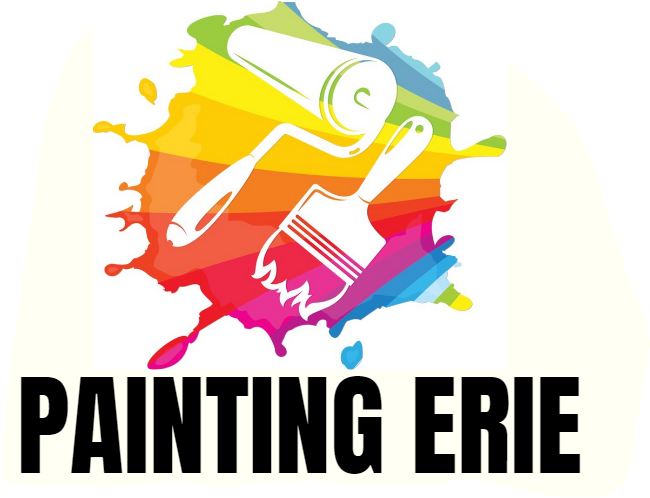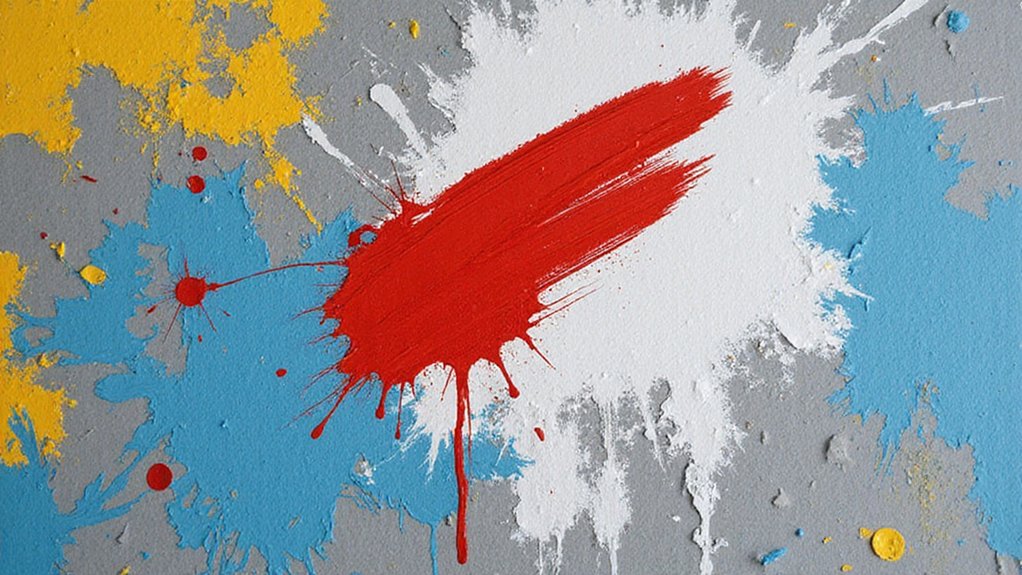You’ve invested time and effort into a paint job, but the results are disappointing. Uneven finishes, color mistakes, and visible brush strokes can be frustrating and disheartening. Before you give up, take a step back and assess the situation. What went wrong, and how can you fix it? Identifying the problem is the first essential step in rescuing your paint job. Let’s take a closer look at what’s gone wrong and examine the solutions that can get your project back on track.
Identifying the Problem
When you’re faced with a subpar paint job, usually the first step is to pinpoint what went wrong in the first place. Evaluating the paint condition and diagnosing surface issues is vital to understanding the root of the problem.
Take a closer look at the affected area and ask yourself some questions: Is the paint peeling, flaking, or blistering? Are there visible stains, cracks, or unevenness? Are the colors uneven or faded? Make a mental note of the answers to these questions, as they’ll help you determine the best course of action. Additionally, check for signs of mold and mildew, as their presence can indicate deeper structural issues that need addressing before repainting.
Preparing for Repair
Your repair expedition begins with a crucial step: preparing the surface for a new coat of paint. This involves proper surface cleaning to remove dirt, grime, and old paint residue. Start by wiping down the area with a damp cloth to remove any loose debris.
Next, use a gentle cleaning solution and a soft-bristled brush to scrub away stubborn stains. Rinse the surface thoroughly with clean water to prevent any soap residue from affecting the new paint job.
Before you begin, take stock of your necessary tools inventory. Make sure you have high-quality paintbrushes, rollers, and extension poles. Don’t forget essential supplies like sandpaper, primer, and a paint tray. Having everything you need within reach will save you time and frustration in the long run.
With your surface clean and tools at the ready, you’ll be well-prepared to tackle the repair job ahead. Additionally, consider consulting professionals who can provide guidance on using non-toxic paint to ensure safety for your family.
Fixing Uneven Finishes
As you inspect the surface, you’ll likely notice uneven finishes, which can be a major eyesore. To fix this, you’ll need to determine the extent of the problem by evaluating texture differences and determining color consistency.
Start by examining the surface under different lighting conditions to identify areas with uneven sheen, rough spots, or dullness. Take note of the affected areas and their corresponding characteristics.
Next, use a putty knife or sandpaper to smooth out rough spots, feathering the edges to blend with the surrounding area. For areas with uneven sheen, try applying a coat of finish-specific primer to create a uniform base.
Correcting Color Mistakes
Now that you’ve addressed uneven finishes, it’s time to tackle color mistakes that can mar an otherwise flawless paint job. Color errors can be frustrating, but they’re often easy to fix.
To correct color mistakes, follow these steps:
- Identify the issue: Determine if the color is too light, too dark, or just plain wrong. This will help you decide the best course of action.
- Choosing the right primer: Select a primer that’s specifically designed to cover dark or bold colors, if needed. This facilitates a smooth shift to your new color.
- Selecting complementary colors: If you’re trying to fix a color that’s only slightly off, try selecting a complementary color to create a harmonious look.
- Test and adjust: Always test your new color on a small area before applying it to the entire surface. This verifies you get the desired result and avoid further mistakes.
Hiding Brush Strokes
When a paint job is nearly perfect, noticeable brush strokes can be a major eyesore. To hide them, you’ll need to focus on creating a smooth, even finish. Start by selecting a paint with complementary textures to your existing finish. If you’re working with a matte paint, choose a finish that’s slightly glossier to distract from the brush strokes.
Next, develop uniform application techniques to guarantee a consistent finish. Use a high-quality brush or roller, and maintain a steady, gentle motion as you apply the paint. Avoid applying too much pressure, which can accentuate brush strokes. Finally, work in small sections, feathering the edges of each stroke to blend seamlessly with the surrounding area. By following these steps, you can effectively hide brush strokes and achieve a professional-looking finish.
Blending Disparate Coats
If you’ve applied multiple coats of paint, you may notice visible shifts between them, which can detract from the overall appearance of your paint job. To secure a seamless shift between coats, you need to blend them effectively. This is where coordinating adjacent hues comes in. By selecting hues that are harmonious and adjacent on the color wheel, you can create a cohesive look that reduces the appearance of separate coats.
- Gradate your colors: Use a gradual shift from one color to the next to create a cohesive look.
- Minimize paint overlap: Apply each coat in thin, even layers to prevent noticeable overlap.
- Feather the edges: Softly blend the edges of each coat to prevent harsh lines.
- Work in small sections: Divide your surface into smaller areas to maintain control and guarantee a smooth blend.
Adding Final Touches
As you near the end of your paint job, subtle imperfections can make all the difference between a decent finish and a truly exceptional one. It’s time to focus on the details that’ll enhance your work from good to great.
Applying trim accents, for instance, can add a level of sophistication to your project. Make sure to choose a color that complements your main coat and apply it with precision to avoid any mistakes.
Next, polish your surface shine by gently buffing out any minor imperfections. This will give your paint job a deep, lustrous finish that’s sure to impress.
Frequently Asked Questions
Can I Fix a Paint Job Without Repainting the Entire Surface?
You can salvage a botched paint job by targeting specific areas, but it’s vital you blend colors carefully and test paint samples first to guarantee a seamless fix that won’t stand out like a sore thumb.
How Do I Prevent Future Paint Mistakes From Happening?
To avoid future paint mishaps, you’ll want to focus on proper paint preparation and consistent brush application. Guarantee surfaces are clean, dry, and sanded, and use high-quality tools to achieve a smooth, even finish that’ll make you proud.
Can I Use a Hair Dryer to Speed up the Drying Process?
When you’re [ENTHUSIASTIC] to speed up paint drying time, you might consider using a hair dryer, but be cautious – gentle heat application is key to avoid bubbles or uneven finishes, so use it on a low setting and keep it moving to prevent hot spots.
Do I Need to Sand Between Coats of Paint?
When applying multiple coats of paint, you’ll want to sand lightly between coats to guarantee a smooth finish and ideal paint coverage. This is particularly vital after primer application, as it assists the next coat to adhere appropriately.
Can I Paint Over Oil-Based Paint With Latex Paint?
You’re wondering if you can paint over oil-based paint with latex paint – the answer is yes, but you’ll need to use a primer coat first, and consider paint type compatibility to guarantee a smooth, long-lasting finish.

